( – promoted by buhdydharma )
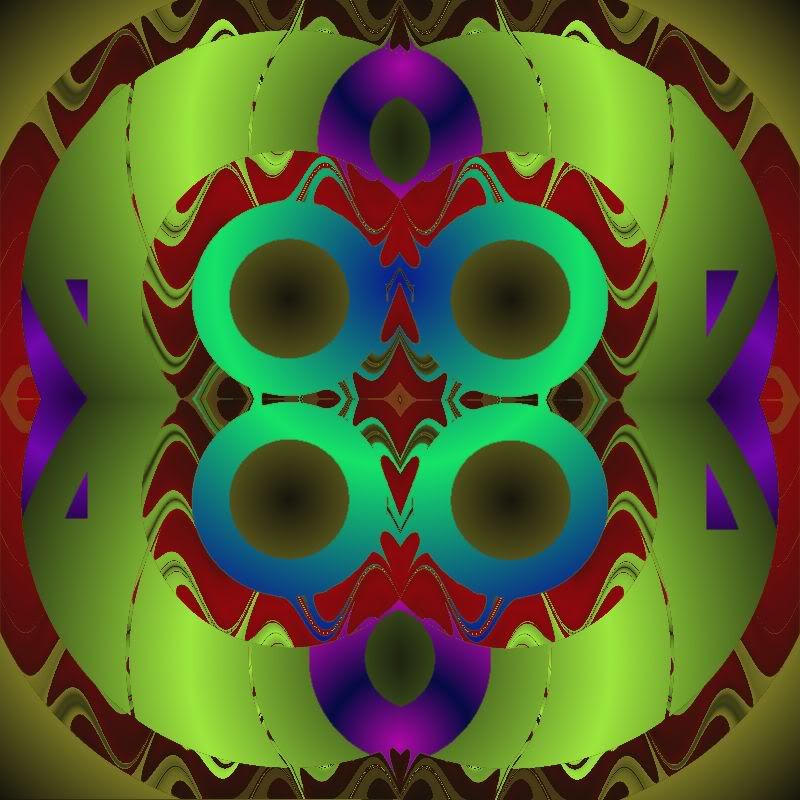 Glyph 1 |
A glyph is an individual mark on a written medium that contributes to the meaning of what is written. Several glyphs put together can make a grapheme, which is a fundamental unit in a written language (i.e. sh is a grapheme, while s and h are both glyphs).
In Japanese katakana one grapheme corresponds to a mora (roughly, a syllable).
Of course petroglyphs are not representative of any spoken language that we know of but our ancestors did probably attempt to portray stories through their creation. And perhaps the portrayal of, if not a story, an emotional state is what I am striving for here. I don’t usually try to do that intentionally, but how can my emotional state when I created the pieces not be a part of what results?
 Glyph 2 |
I’ve done some of these graphic diaries before and people seem to have enjoyed them, so while I am waiting for my date with the surgeon on December 27 (6 days…Mele Kalikimaka), I thought I would do a couple more. The next one will simulate holiday decorations. The hope is it will take my mind off the upcoming event a bit.
From the past: Insipred by the Star Trek episode , The Children of Tama: Metaphoria.
Inspired by Native American basket weaving, I produced Basketry.
Last Christmas brought forth Ornaments.
A how to diary: Art: some stories and some how-to (with html help).
 Glyph 3 |
And for last New Years Eve, there was New Year’s Eve Light Show. Perhaps I’ll be back in time to create pieces for a revival of that.
In this offering, I should point out that clicking on any of the graphics should open a larger version in a new tab.
And perhaps I should mention that I’m willing to sell prints of any of the pieces, either singly or as a group. It would be nice to think that a college professor of 34 years would be paid enough to live comfortably in this society, but you might be surprised. We live paycheck to paycheck just like many other people…and the time between paychecks is often too long.
Since learning is never a bad option, let me share something about the word glyph itself. According to Etymology Online, it first appeared in English in 1727, from the French glyphe, which was taken from the Greek word for carving, which was derived from the word glyphein: to hollow out, engrave, or carve. A little further back, this was derived from the proto-Indo-European root *gleubh-: to cut or slice.
That seems appropriate under the circumstances. This root also lead to the word cleave.
So, having pretty much exhausted any thoughts I have, how about I just display the rest of the group.
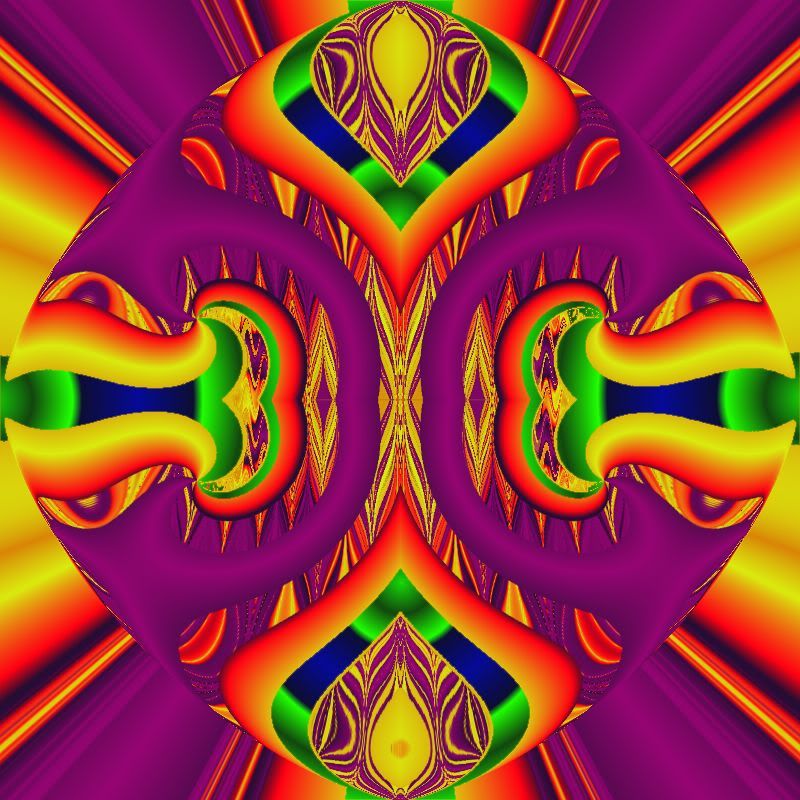 Glyph 4 |
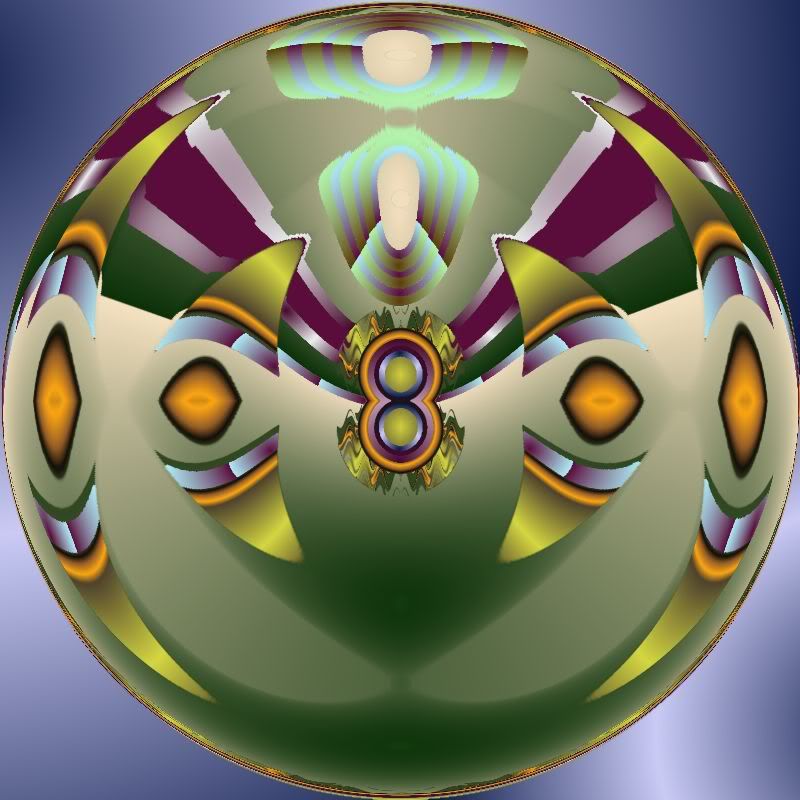 Glyph 5 |
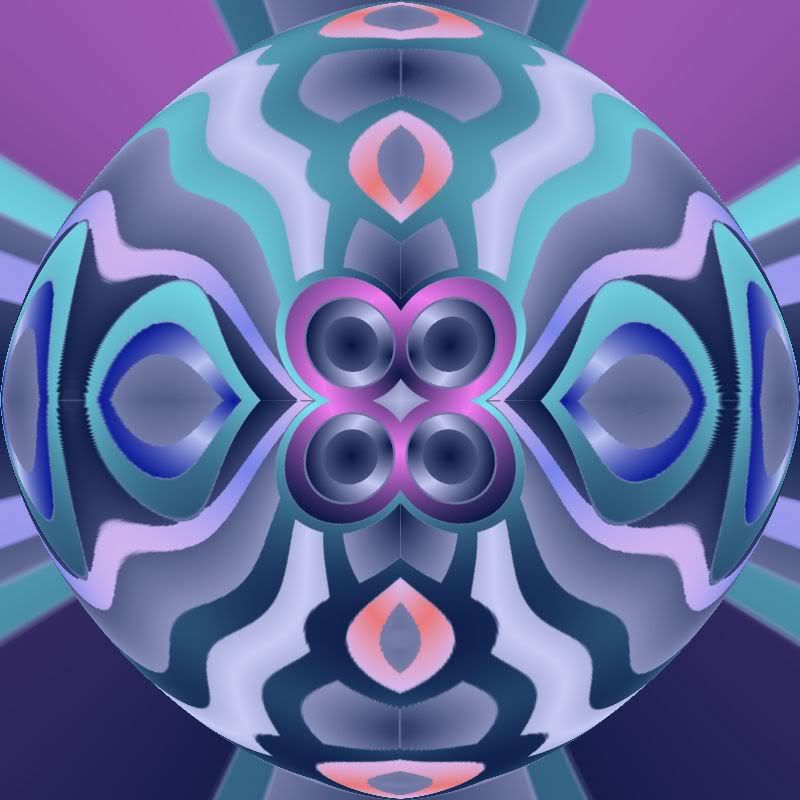 Glyph 6 |
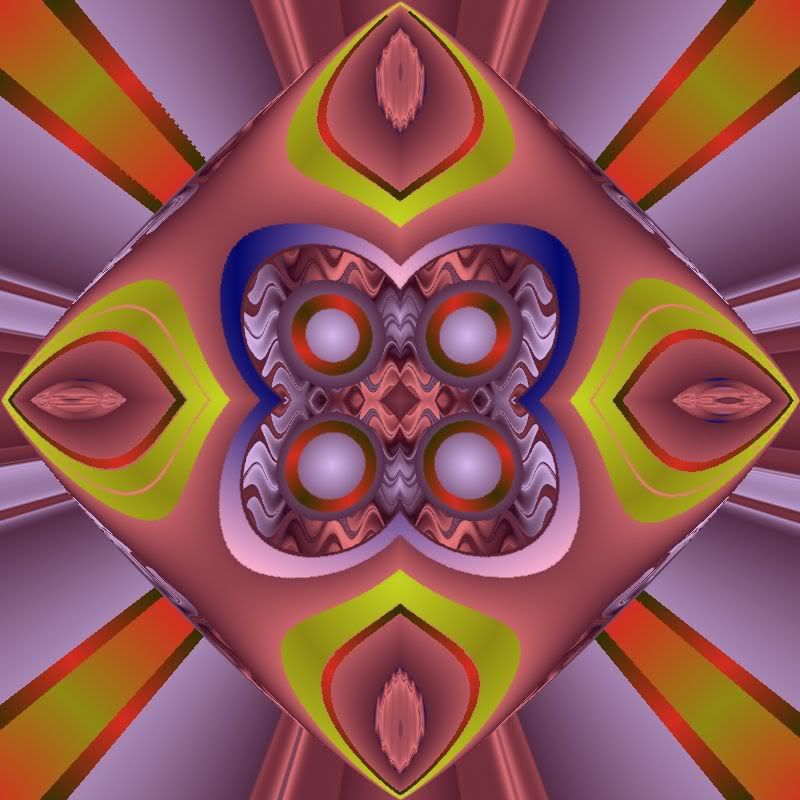 Glyph 7 |
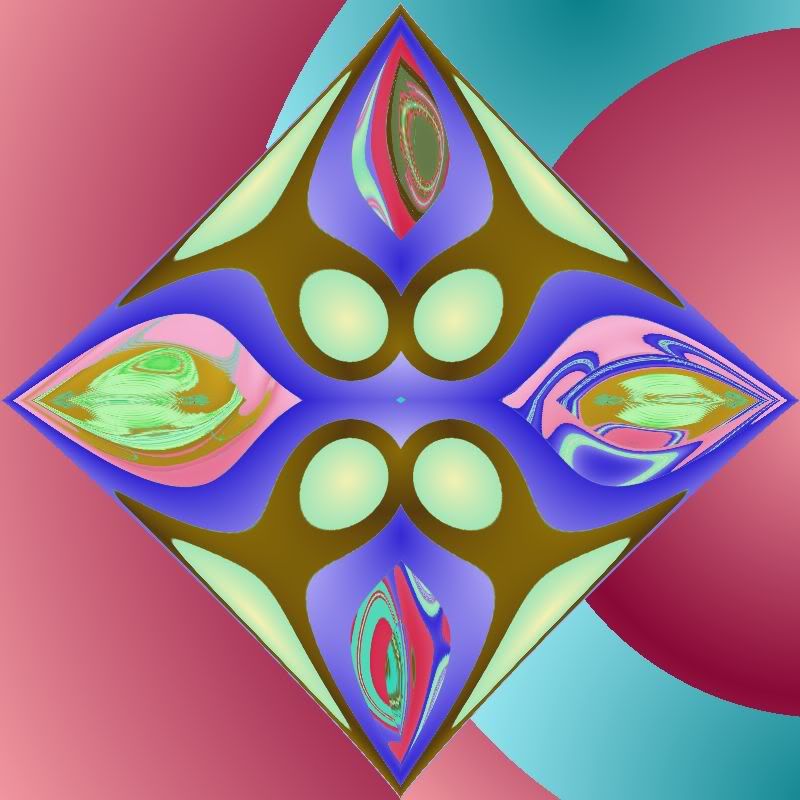 Glyph 8 |
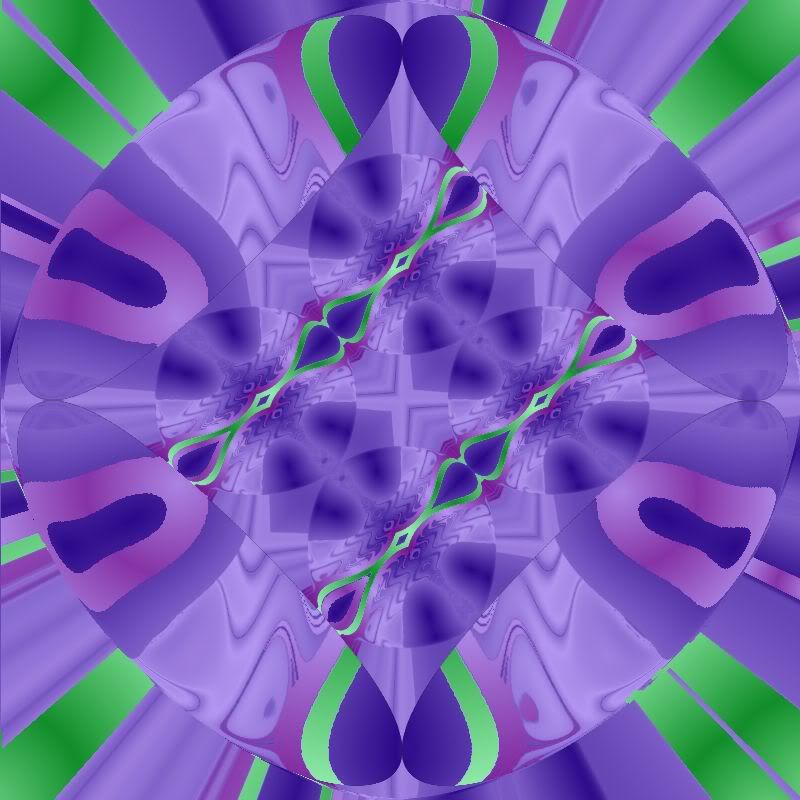 Glyph 9 |
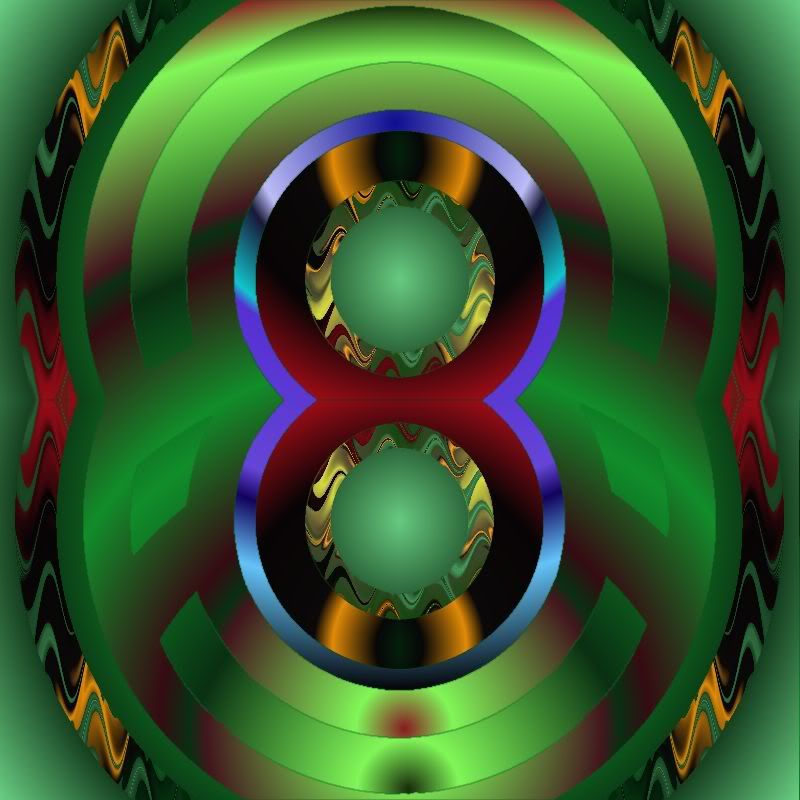 Glyph 10 |

4 comments
Skip to comment form
Author
…here is the eleventh in the series of ten, in the tradition of trilogies that come in four or five pieces.
Glyph 11
Author
It’s now up in orange as well.
Like a massage for the eyes.